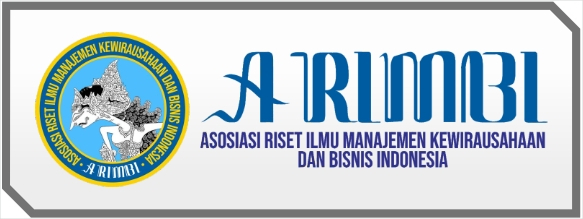PERAN PENGELOLAAN KAS TERHADAP LIKUIDITAS PADA CV. PARULIAN SOJUANGAN PANGGABEAN (PSP) GROUP DAERAH KECAMATAN BADIRI
DOI:
https://doi.org/10.55606/jurrie.v2i1.1205Abstract
Liquidity issues are important in maintaining the smooth operation of the company as well as in short-term and emergency needs as well as the growth function (investment) to develop owned assets in accordance with the expectations desired by the company. Information about budgeted cash flows can produce relevant information, because from this cash flow it can be known the need for the company's operations from the source of the recipient. Given the large number of cash receipts and disbursements managed, a list is needed that contains all cash inflows and cash outflows presented in the form of a cash flow statement.
The results of the discussion concluded that cash management plays a role in the liquidity of CV. PSP Group, this can be proven from the results of research by calculating liquidity with the Current Ratio, Cash Ratio, and Quick Ratio, where the calculation results for 1 year, namely from January to December 2021 the calculation results for the liquidity ratio are > 1 as much as 75%, where with the existence of good cash management will have a positive impact, which means the application of cash management at CV. PSP Group is better, on company liquidity and financial conditions with a liquidity ratio of < 1 of 25%, which means that future conditions need to be improved in cash management to make it even better because there are still conditions that cash management in 2021 is not liquid or in the sense that CV. From July to September, the PSP Group was unable to pay its current debts in a timely manner, which resulted in obstacles to the company's payment of employee salaries and other important company expenses.
References
Asra & Prasetyo. 2015. Pengambilan Sampel Dalam Penelitian Survei. Jakarta
Atmosudirjo, S. Prajudi. 2006. Administrasi dan Manajemen Umum. Jilid II. ..
Baridwan, Zaki. 2012. Sistem Akuntansi : Penyusunan Prosedur dan Metode. Edisi Kelima. Yogyakarta
Brigham & Houston. 2014. Dasar-Dasar Manajemen Keuangan. Jakarta: Salemba Empat.
Hani, Syafrida. 2015. “Teknik Analisa Laporan Keuangan”. Medan: In Media
Harmono, 2015. Manajemen Keuangan Berbasis Balanced Scorecard. Pendekatan Teori, Kasus, Dan Riset Bisnis. Jakarta : Cetakan Pertama
Hery. 2015. Analisis Laporan Keuangan. Yogyakarta: CAPS (Center for. Academic Publishing Service).
Jumingan . 2011. Analisis Laporan Keuangan. Jakarta: Bumi Aksara
Kasmir. 2016. Manajemen Sumber Daya Manusia (Teori dan Praktik). Depok: PT. Rajagrafindo Persada. Radar Banten
Kusnadi. 2013. Akuntansi Keuangan Menengah (Intermediate), Prinsip,. Prosedur & Metode, Edisi Pertama, Brawijaya Malang.
Munawir, S. 2010. Analisis laporan Keuangan Edisi keempat. Cetakan Kelima. Belas
Munandar, 2012, Psikologi Industri dan Organisasi. Jakarta: Penerbit Universitas Indonesia
Murwanto, Rahmadi. 2012. Sistem Akuntansi. Jakarta: Salemba Empat.
Riyanto. 2012. Dasar-dasar Pembelanjaan, Edisi 4, Yogyakarta
Soemarso S. 2013. Akuntansi Suatu Pengantar. Jakarta: Salemba Empat
Soekanto, Soejono. 2012. Sosiologi Suatu Pengantar. Jakarta : PT Raja Grafindo. Persada.
Sondang P. 2012. Manajemen Sumber Daya Manusia. Edisi I. Cetakan. Ketiga Belas. Bumi aksara
Storkey. 2011. Mendefinisikan manajemen kas pemerintahan yang baik
Widodo. 2017. Metodologi Penelitian Populer & Praktis. Jakarta : Rajawali Pers
William J. 2011. Prinsip pemasaran, alih bahasa : Yohanes
Williams. 2012. “Are International Accounting Standards-Based and US GAAP-Based
.
Downloads
Published
How to Cite
Issue
Section
License
Copyright (c) 2023 Jurnal Riset Rumpun Ilmu Ekonomi

This work is licensed under a Creative Commons Attribution-ShareAlike 4.0 International License.

















